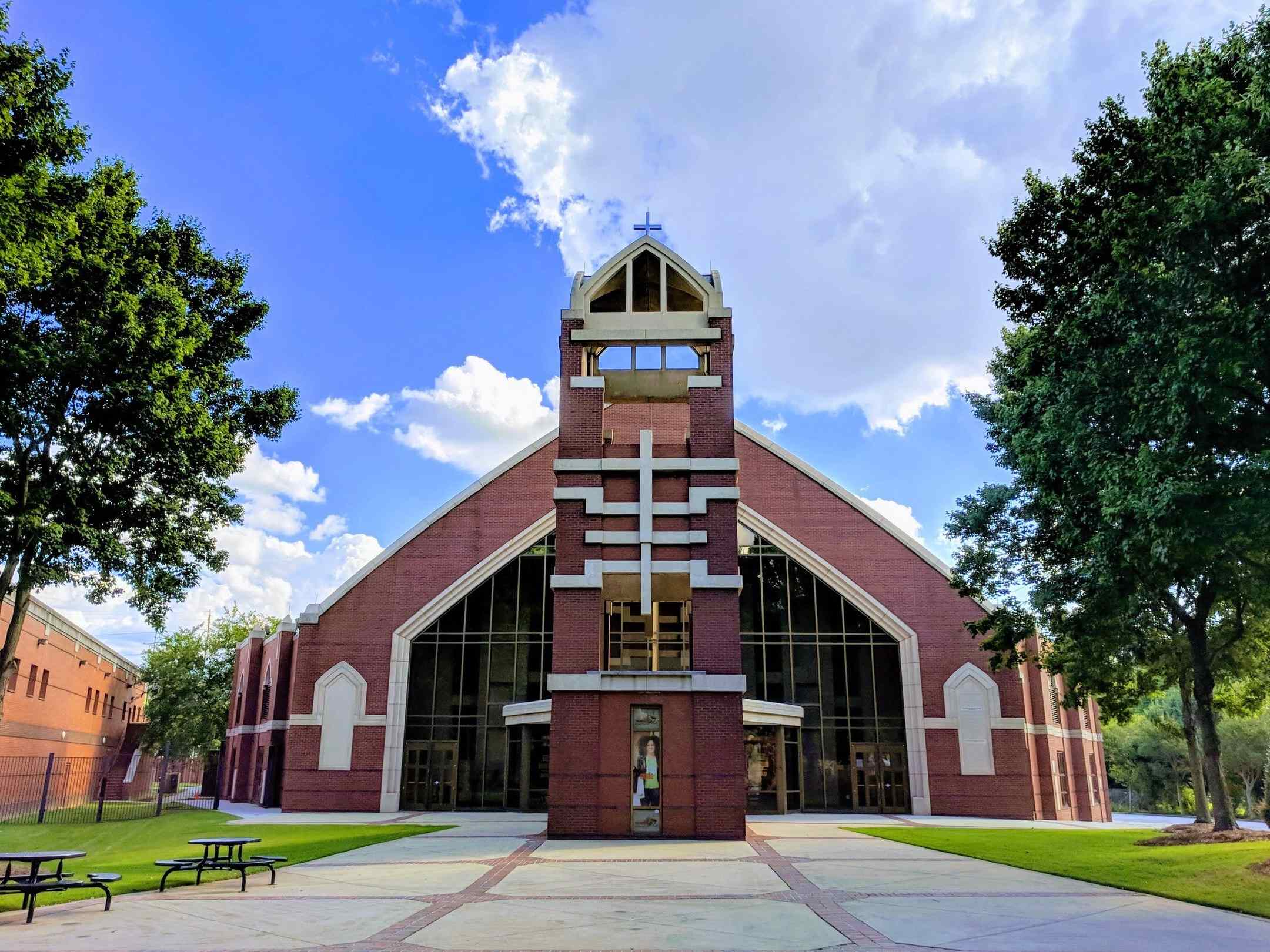Martin Luther King Jr. National Historical Park – Georgia’s Civil Rights Center

Have you ever wondered what it would be like to walk in the footsteps of a civil rights leader? Martin Luther King Jr. National Historical Park in Georgia offers just that experience. This park isn't just a place; it's a journey through history. Visitors can explore Dr. King's childhood home, the church where he preached, and the museum dedicated to his life and legacy. Each spot tells a story of courage, hope, and the fight for equality. Whether you're a history buff or just curious, this park provides a unique glimpse into the life of one of America's most influential figures. Ready to step back in time?
Discovering the Heart of the Civil Rights Movement
The Martin Luther King Jr. National Historical Park in Georgia stands as a powerful tribute to the life and legacy of Dr. King. This park offers a unique glimpse into the history of the Civil Rights Movement. Here are some must-visit places within the park.
Birth Home of Martin Luther King Jr.
Step back in time by visiting the house where Dr. King was born. This modest two-story home provides insight into his early life and the environment that shaped his future.
- Birth Home: Located at 501 Auburn Avenue, this house is where Dr. King spent his formative years. Guided tours are available, offering a detailed look at his childhood.
Ebenezer Baptist Church
A cornerstone of the community, Ebenezer Baptist Church played a significant role in Dr. King's life. This historic church is where he was baptized and later served as co-pastor.
- Ebenezer Baptist Church: Situated at 407 Auburn Avenue, this church is a must-see. Visitors can explore the sanctuary and listen to recordings of Dr. King's sermons.
The King Center
Founded by Coretta Scott King, The King Center is dedicated to preserving Dr. King's legacy. This center houses important artifacts and offers educational programs.
- The King Center: Located at 449 Auburn Avenue, the center features exhibits on Dr. King's life, including his Nobel Peace Prize and personal papers.
Freedom Hall
Freedom Hall, part of The King Center, serves as a museum and cultural center. It hosts various exhibits related to the Civil Rights Movement and Dr. King's impact.
- Freedom Hall: This hall contains exhibits on civil rights history, including photographs, documents, and interactive displays. It's a great place to learn more about the movement.
Dr. and Mrs. King’s Tomb
A solemn and reflective site, the tomb of Dr. King and his wife, Coretta Scott King, is located in a peaceful garden setting. This site invites visitors to pay their respects.
- Dr. and Mrs. King’s Tomb: Situated in front of The King Center, the tomb is a place for quiet reflection. The eternal flame nearby symbolizes the ongoing fight for justice.
Fire Station No. 6
This historic fire station played a crucial role in the community during Dr. King's time. It now serves as a museum highlighting the history of the Civil Rights Movement.
- Fire Station No. 6: Located at 39 Boulevard NE, this station offers exhibits on the role of firefighters during the Civil Rights era and their contributions to the community.
International Civil Rights Walk of Fame
This outdoor exhibit honors civil rights leaders from around the world. Visitors can see the footprints of these leaders and learn about their contributions.
- International Civil Rights Walk of Fame: Situated along the park's pathways, this walk features the footprints of notable figures like Rosa Parks and Nelson Mandela.
A Visit Worth Remembering
Martin Luther King Jr. National Historical Park offers a deep dive into the life and legacy of a civil rights icon. Walking through the birth home, Ebenezer Baptist Church, and the King Center, visitors gain a profound understanding of the struggles and triumphs of the civil rights movement. The park isn’t just a collection of buildings; it’s a powerful reminder of the fight for equality and justice.
Families, students, and history buffs will find the experience both educational and inspiring. The park’s exhibits and preserved sites provide a tangible connection to the past, making history come alive. Whether you’re a local or a tourist, this park is a must-visit. It’s a place where history speaks, urging us to reflect on the past and continue striving for a better future.

